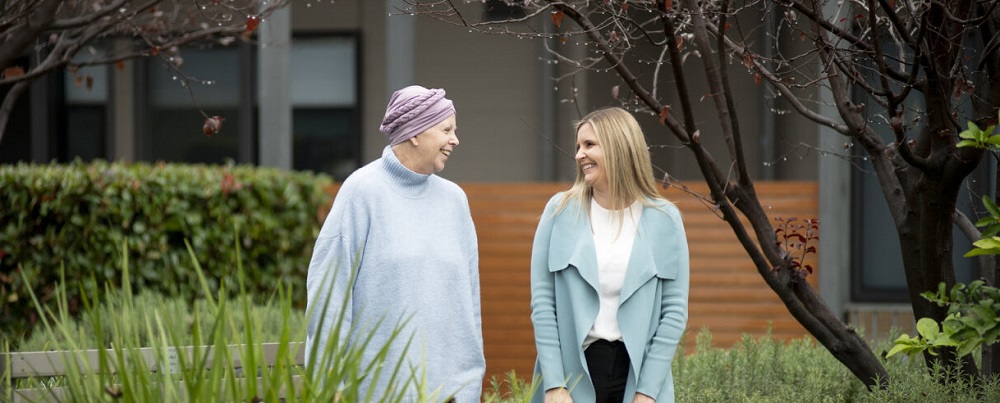Exercise and blood cancer
Exercise before, during and after blood cancer treatment can have many benefits. Cancer related fatigue is one of the most commonly reported side effects of blood cancer and its treatment.
Some people report concerns that exercise may not be safe during cancer treatment. Studies have shown it is in fact safe and beneficial to exercise. Try to avoid inactivity if it is safe to do exercise.
People who participate in exercise before, during or following cancer treatment report improvements in:
- cancer related fatigue,
- pain,
- psychological distress,
- anxiety,
- depression,
- physical function,
- bone health,
- cognitive function,
- cardio-respiratory fitness,
- health-related quality of life.
What are the benefits of exercise before, during, and after blood cancer treatment?

- prevent deconditioning and
- lessen the side-effects you may experience during treatment.
Exercising during treatment can help with
- treatment tolerance,
- support you to maintain activities of daily living and
- ease some of the cancer related fatigue you might be experiencing.
Exercising post cancer treatment can help with
- recovery and
- reduce the risk of further health issues.
Maintaining your participation in exercise over time provides the greatest benefits. Speak with your treatment team before starting exercising to make sure it is safe. They can suggest options that will suit you.
What exercise is recommended for people with blood cancer?

The full Clinical Oncology Society of Australia (COSA) position statement can be be found here.
The department of health and aging have specific information for older people on exercising with chronic illness and some advice about healthy eating.
The amount and type of exercise recommended depends on your individual circumstances, including what you would like to achieve. Please discuss exercise with your treatment team to ensure that your choice of exercise best suits your healthcare needs.
How can I get exercise support?

- Access the service directory in the online support service to find services near you.
- Speak to your treatment team to find out what exercise programs are available at your treatment centre.
- Speak to your local Blood Cancer Support Coordinator at the Leukaemia Foundation for help.
- Speak to your GP about a GP management plan where you can receive medicare subsidised rebates for exercise sessions.
See more here: Department of Health and Aged Care | Chronic Disease Management Patient Information
Consider accessing affordable community based exercise options as approved by your hospital treating team (e.g. yoga, pilates, tai chi, gym etc).
Additional resources about exercising and cancer treatment
Watch exercise physiologist Morgan Atkinson talk about cancer related fatigue
Watch physiotherapist Julie Allen talk about exercise while having treatment
References
Last updated on May 1st, 2024
Developed by the Leukaemia Foundation in consultation with people living with a blood cancer, Leukaemia Foundation support staff, haematology nursing staff and/or Australian clinical haematologists. This content is provided for information purposes only and we urge you to always seek advice from a registered health care professional for diagnosis, treatment and answers to your medical questions, including the suitability of a particular therapy, service, product or treatment in your circumstances. The Leukaemia Foundation shall not bear any liability for any person relying on the materials contained on this website.